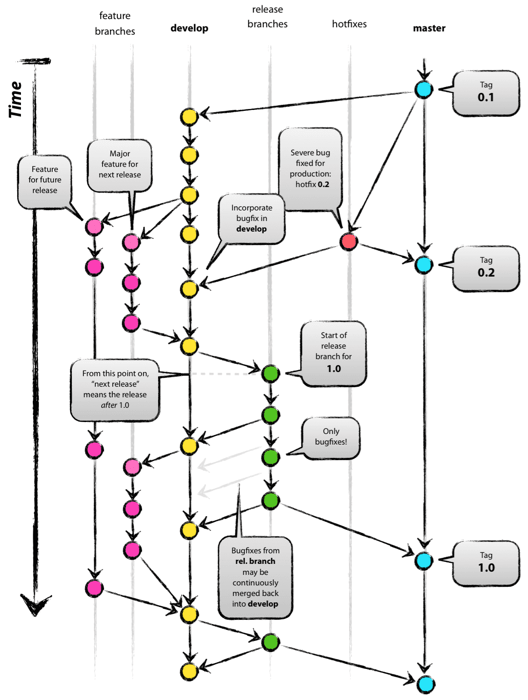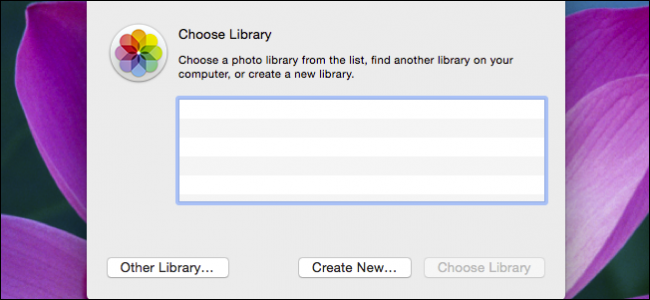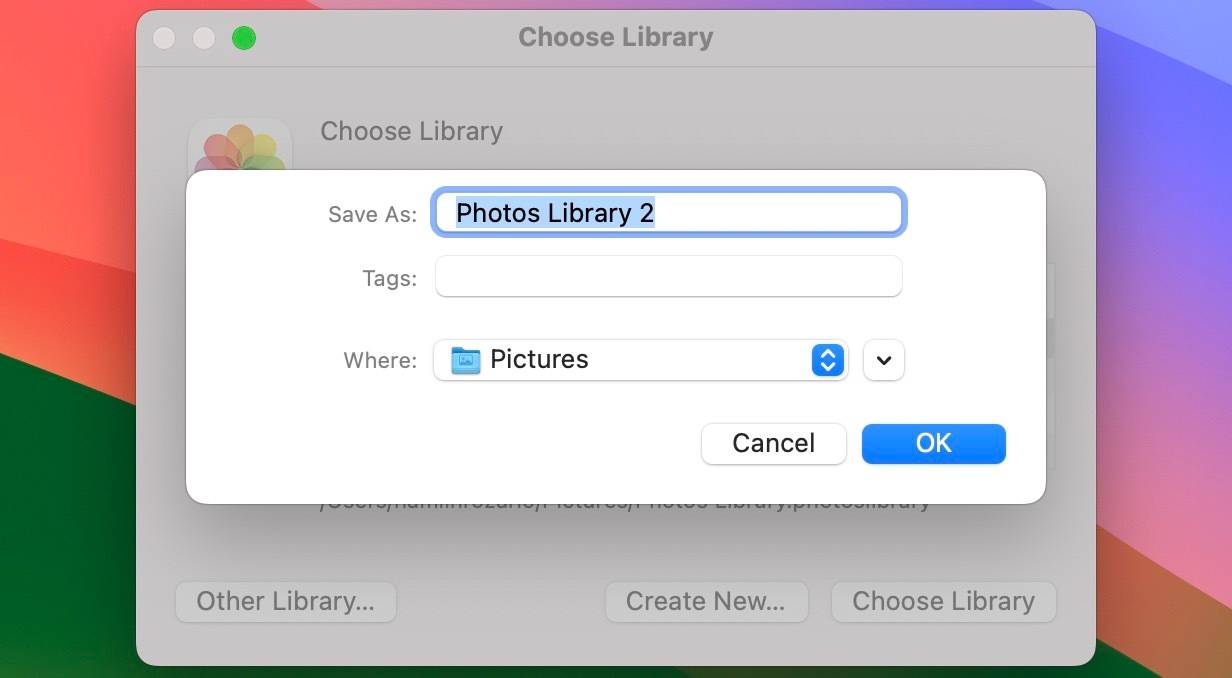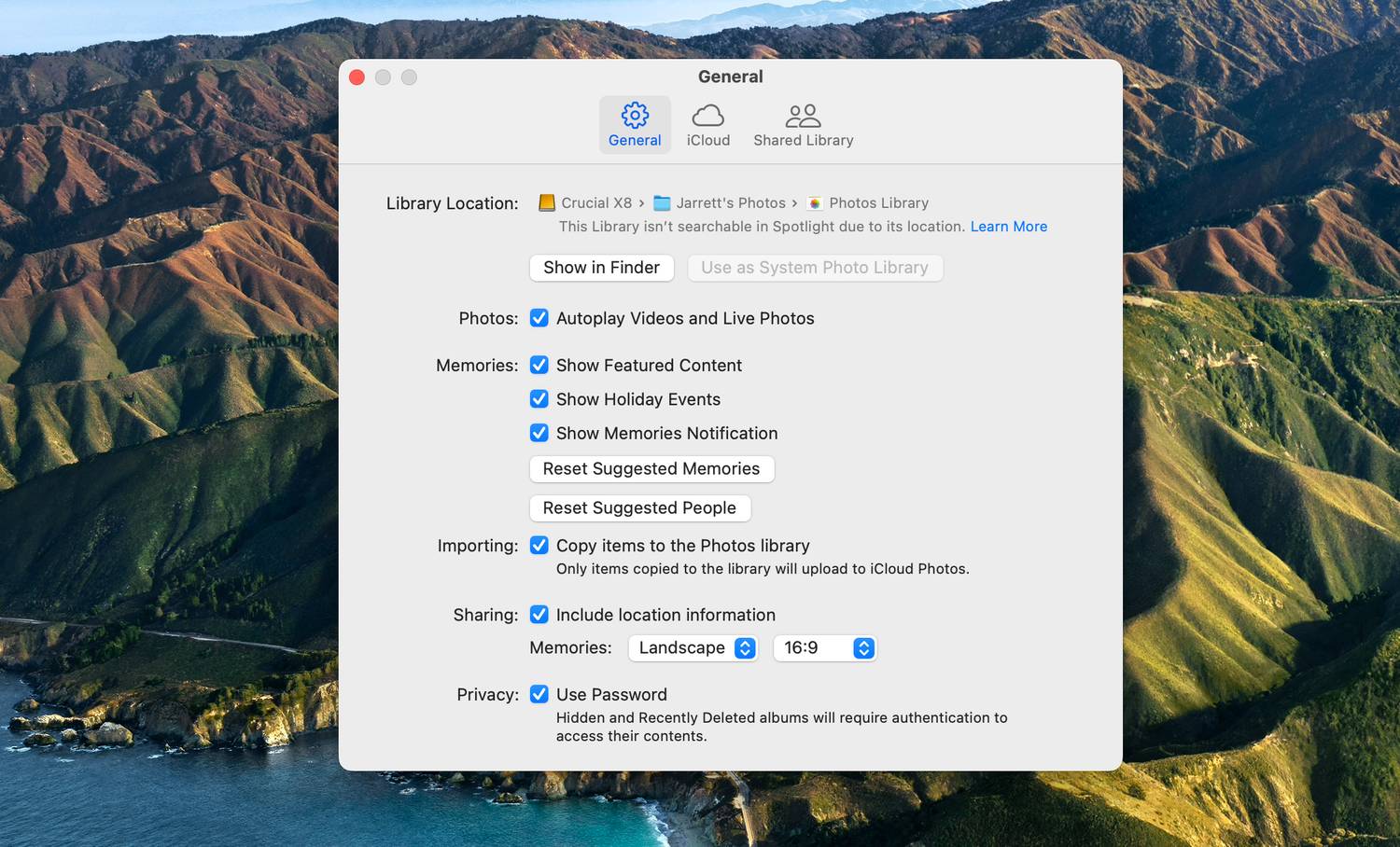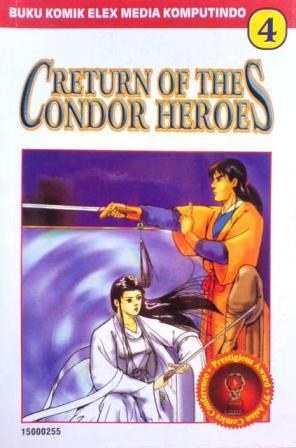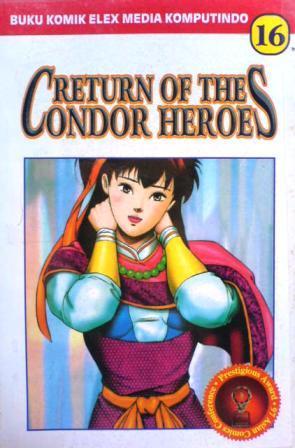"Soap opera is all a commoner need!" Bao-Longtao thought to himself as he strode down Bell-Tower Street in the cold breezes and glanced at the indifferent residents drinking in taverns around the corners of the street.
Bao-Longtao, Deputy Chief of the Riverwest State Second District Police Department, was also one of the Eastwood Boulders. His face was always as stern as a boulder. For the gang members haunting the Bell-Tower Street neighborhood, this face represented immense awe and terror. Whenever he patrolled Bell-Tower Street, those black-market wild-buffalo-meat peddlers would scatter at the speed of a galaxy battleship. With his sharp-looking black police uniform and the seven subordinates following behind him, they always made an extraordinary scene.
Bao-Longtao suddenly remembered that there were also three reporters by his side today. Feeling a jolt in his heart, he tightened his collar button out of habit and then turned around steadily to face the reporter, a young woman holding a microphone in her hand. A forced smile slowly spread across his face as if the exterior of a boulder had suddenly split open.
"Public safety at Bell-Tower Street has always been outstanding …," Bao-Longtao said in a calm voice to the best of his abilities. He didn't want to leave the slightest impression of carelessness. This assignment had come straight from the Riverwest State Governor's Office. Something Deputy Chief Bao dared not to handle hastily.
Sensing the Deputy Chief's uneasiness, several aides from the police station's public relations office quickly took over and carried on the conversation with the reporters. Bao-Longtao secretly heaved a sigh of relief and shook his head gently.
He had served in the Eastwood Grand District for thirteen years, still seven years shy from completing his term stipulated by the Federation Government's Eastwood-Aid Act. However, he knew he wouldn't stand another seven years at a place filled with deathly staleness. Would he eventually resort to watching TV to kill time every day, just like those jobless miners?
The Federation had stringent regulations. Although promotions usually came quicker at the Eastwood Grand District compared to other places, transferring to the Capital Star Circle or the Westwood Grand District was only possible after a lengthy time of service. Bao-Longtao did make acquaintances with a few outer circle members of the Eminent Families. Still, he knew all too well that none of those cautious Families would spare any effort on him, an insignificant Deputy Chief.
A better option for him would be to spend more effort on political achievements for his post. That was also part of his consideration when he decided to show these reporters around Bell-Tower Street personally.
……
……
The tiny trace of frustration on Deputy Chief Bao's face didn't last long and quickly turned into astonishment!
Even the curious questions from the female reporter skipped his ears. His murderous gaze shot right over the female reporter's shoulder and landed at the junction where four alleys joined Bell-Tower Street.
It was hard for the reporters to miss the Deputy Chief's unusual reaction. His face was now purple and all tensed up. It looked like a boulder at the bottom of the river covered by decades of moss, ready to transform into a terrifying monster at a moment's call.
Glancing over the direction of Bao-Longtao's gaze, the reporters couldn't help but gasp, and the female reporter even uttered a cry.
Only a moment ago, a cool breeze still swept along the peaceful street. But in the next moment, the sounds of countless footsteps suddenly resonated in the streets. The steps were not in sync, nor were they as intense as drumbeats, but the sounds were so dense that anyone could tell it had to be from a large crowd marching out.
The noisemakers emerged at Bell-Tower Street in no time. Mobs of people stormed out from the four alleys all at once and quickly occupied the majority of the intersection and sidewalks. The entrance was so dramatic that those Eastwood residents occupying themselves with coffee and alcohol looked out of the window in shock. And the faces of the police officers and the reporters all turned pale.
The mob streaming out of the four alleys consisted of only young boys. Even the oldest amongst them were merely 15 or 16 years of age. Some of the younger ones still had blemishes of mud on their faces, making it hard to tell whether they were over ten or not.
The boys wore various clothes but with one particular trait in common, disturbingly. Each one wore something black: black jackets, black sweaters, or black t-shirts. One boy probably failed to find a black piece of clothing from home. Instead, he wore a blue miner's work coat covered by black tar from mining, which probably had not been washed for years.
There were over one hundred boys, all in black, funny-looking yet oppressing. They came out of nowhere, walked to the middle of Bell-Tower Street, right in front of Deputy Chief Bao and the reporters.
Deputy Chief Bao took a step forward and stared furiously at the boy in the very front of the group. He knew that boy.
The female reporter took several steps back instinctively and cautiously peeked at the boys' faces, wondering what these boys in black were here for and whether her safety was at risk.
"What are you doing here? You should all be at school right now!" Deputy Chief Bao roared sternly.
Usually, such a roar would have any gang leader of the Bell-Tower Street scatter in terror. But this time, all the boys only responded with disdain. No one reacted to his demand.
The leader of the boys had maturity exceeding his age. He kept his eyes wide open and stared right back at Bao-Longtao without a cringe.
"We have the right to petition!"
"Petition?" Hearing that word, the female reporter hiding behind Deputy Chief Bao felt a sudden surge of excitement. Sticking her heavily makeup-covered face out from hiding, she asked in a quivering voice, "What for?"
The leader boy did not answer the reporter's question right away and instead raised his fist high in the air. Seven or eight banners rose high immediately from the group behind him, each painted with big, bright, and striking words.
"Stop Local Protectionism!"
"No More TV Censorship!"
"We Want Federal Channel 23!"
"We Want to Watch Jian-Shui-Er!"
Even that youngest boy hastily wiped his dirty face and shouted with the utmost grief and resentment. But his still high-pitched voice and childish face made him look more amiable yet comical.
......
......
The female reporter had thought that she just got her hands on some excellent news material, but when she read the demands on the signs and banners, she found herself dumbfounded. Turning towards Deputy Chief Bao with a lost look, she asked.
"Who…who are these kids?"
Deputy Chief Bao's anger was about to explode. Taking his eyes off those silly banners, he cursed with clenched teeth.
"A bunch of bastard orphans!"
……
……
